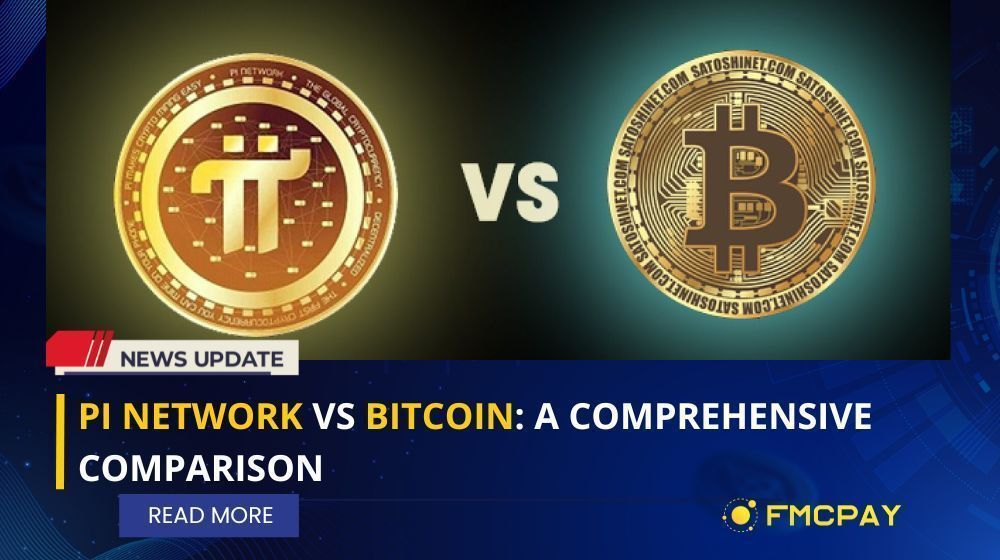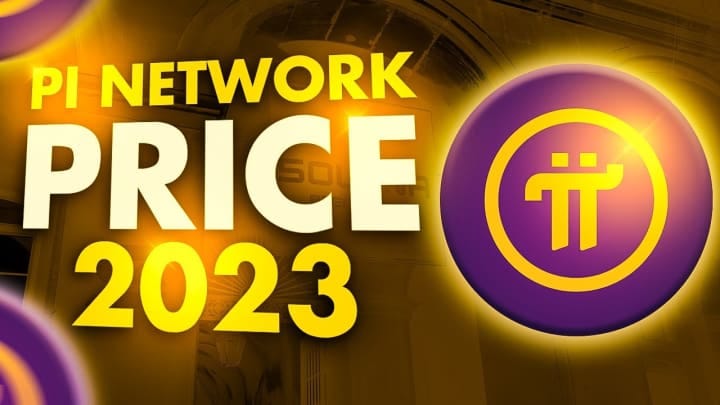Pi Network Vs. Other Mobile Mining Cryptos: Which One Is The Best?

Executive Summary

The cryptocurrency landscape is constantly evolving, with new projects emerging regularly. Mobile mining, specifically, offers a low-barrier-to-entry way for individuals to participate in the crypto world. This article delves into a comparison of Pi Network against other mobile mining cryptocurrencies, examining its strengths and weaknesses to help you determine which platform best aligns with your goals and risk tolerance. We will explore key aspects such as mining mechanisms, community engagement, tokenomics, security considerations, and overall potential for future growth. The goal is to provide a comprehensive analysis that enables informed decision-making for anyone considering investing time and effort into mobile crypto mining.

Introduction
The allure of free cryptocurrency mining from the convenience of your smartphone is undeniable. Several platforms offer this opportunity, but Pi Network stands out due to its large user base and unique approach. However, it’s crucial to approach such ventures with careful consideration and a realistic understanding of the risks and rewards. This article compares Pi Network to its competitors, providing a balanced perspective to help you decide whether it’s the right mobile mining cryptocurrency for you.
FAQ
Q1: Is Pi Network a scam?
A1: Whether Pi Network is a scam is a complex question. It’s not a traditional “pump and dump” scheme, but its future value remains highly uncertain. While millions participate, its success hinges on achieving mainstream adoption and a functional mainnet launch. Proceed with caution and only invest what you can afford to lose.
Q2: How does Pi Network mining differ from other mobile mining cryptos?
A2: Pi Network employs a consensual mining model, where users “mine” Pi by performing simple tasks on their phones, primarily by keeping the app open. Other mobile mining projects might use different methods, such as solving cryptographic puzzles or requiring more active participation. The ease of mining on Pi is a key differentiator, but it also raises questions about the security and decentralization of its network.
Q3: When will Pi be worth something?
A3: There’s no guaranteed timeframe for when Pi will attain significant value. Its value will depend on several factors, including the successful launch of its mainnet, adoption by exchanges, and overall market demand. The current value is essentially zero, as it’s still in its testing phase.
Mining Mechanisms and App Usability
Pi Network’s appeal lies in its simplified mining process. Users essentially keep the app open and periodically interact with it to accumulate Pi. This low barrier to entry is a significant advantage, attracting millions of users. However, this ease of mining raises concerns regarding the network’s overall security and the potential for inflation. Other mobile mining projects might require solving complex mathematical problems, resulting in a potentially more secure network but a much higher barrier to entry.
- Ease of Use: The Pi Network app is designed for ease of use, even for beginners unfamiliar with cryptocurrency.
- Low Resource Consumption: Mining on Pi requires minimal phone resources, unlike other cryptocurrencies requiring significant computing power.
- Consensual Mining: The system relies on consensus among users rather than computationally intensive proof-of-work or proof-of-stake.
- Security Concerns: The ease of mining raises questions about the long-term security and resilience of the network against attacks.
- Scalability Issues: The high number of users presents challenges to scalability and efficient network operation.
Community and Ecosystem Development
Pi Network boasts a massive global community. This large user base is both a strength and a potential weakness. A large community facilitates network growth and potential adoption. However, it can also attract speculative traders and lead to volatility. Other mobile mining cryptocurrencies may have smaller, more tightly knit communities, potentially fostering stronger loyalty but with less widespread reach.
- Large User Base: The sheer number of users creates a significant network effect.
- Active Community Forums: The platform features active forums and social media groups, facilitating communication and collaboration.
- Developer Ecosystem: Pi Network is striving to build a thriving developer ecosystem to support its applications.
- Potential for Decentralization: A large, active community is crucial for the long-term decentralization and success of the network.
- Risk of Manipulation: A large community can also be more susceptible to manipulation or pump-and-dump schemes.
Tokenomics and Future Value
The tokenomics of Pi Network are still under development. The total supply of Pi and its distribution mechanism are not fully defined, making it challenging to predict its future value. Other mobile mining projects often have more clearly defined tokenomics, providing greater transparency regarding inflation rates and token distribution. Understanding the tokenomics is crucial in assessing the potential long-term value of any cryptocurrency.
- Uncertain Token Supply: The total supply of Pi is not yet definitively established.
- Distribution Model: The distribution mechanism and future release schedule remain unclear.
- Mainnet Launch: The successful launch of the mainnet is crucial for determining Pi’s value.
- Exchange Listings: Listing on major cryptocurrency exchanges is essential for wider adoption and price discovery.
- Market Demand: The ultimate value of Pi will depend on market demand and its adoption by users and businesses.
Security and Decentralization
Security and decentralization are critical aspects of any blockchain project. Pi Network’s security model relies on a consensual mechanism rather than the traditional proof-of-work or proof-of-stake. This presents both advantages and disadvantages. While it simplifies mining, it might make the network more vulnerable to attacks compared to projects using more established consensus mechanisms. Other mobile mining projects may have stronger security measures implemented from the outset, reducing vulnerability to hacking.
- Consensus Mechanism: The consensual mining method presents unique security challenges.
- Vulnerability to Attacks: The relative simplicity of the mining process could make the network susceptible to attacks.
- Decentralization Efforts: The project aims for decentralization but faces challenges in achieving a truly decentralized network.
- Transparency: Openness and transparency in security protocols are essential for building trust.
- Ongoing Development: Pi Network’s security model is constantly evolving and improving.
Conclusion
Pi Network presents a unique entry point into the world of cryptocurrency mining, primarily due to its ease of access. Its large community is a significant asset. However, its future success depends on several critical factors, including the successful launch of its mainnet, establishing a strong security framework, and achieving widespread adoption. Compared to other mobile mining projects, Pi offers a less resource-intensive and beginner-friendly approach, but this simplicity comes with inherent risks regarding security and potential long-term value. Ultimately, the decision to engage with Pi Network or any other mobile mining cryptocurrency should be made after careful research, understanding your own risk tolerance, and only investing what you can afford to lose.
Keyword Tags:
Pi Network, Mobile Mining Cryptocurrency, Crypto Mining App, Cryptocurrency Comparison, Blockchain Technology


